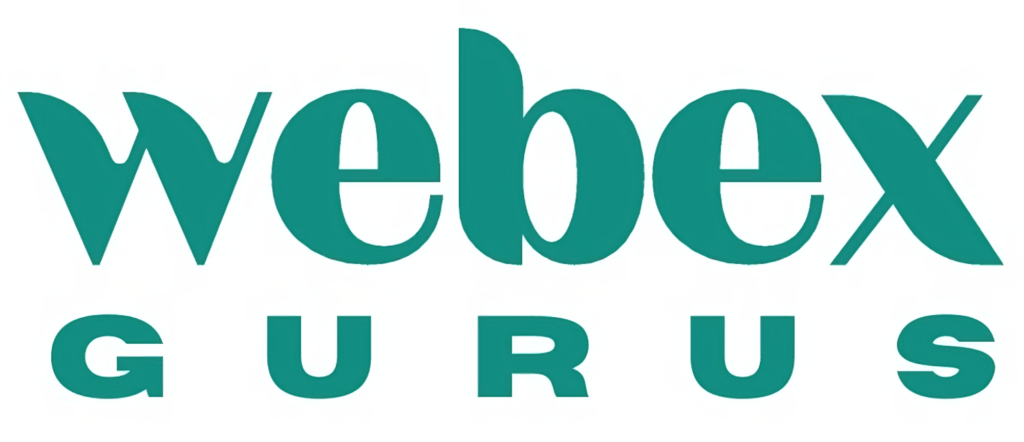Mastering On-Page SEO: 10 Essential Activities for Professionals

In the realm of digital marketing, on-page SEO remains a cornerstone for boosting website visibility and ranking on search engine results pages (SERPs). While off-page SEO tactics are crucial, ensuring your website is optimized internally can significantly impact its search performance. Here are ten on-page SEO activities that every professional should master:
Keyword Research and Optimization:

Conduct thorough keyword research to identify relevant search terms and phrases for your target audience. Strategically incorporate these keywords into your website’s content, meta tags, headers, and URLs to improve its visibility for relevant searches.
High-Quality Content Creation:
Develop engaging, informative, and original content that addresses the needs and interests of your audience. Optimize your content with relevant keywords, proper formatting, and multimedia elements to enhance user experience and encourage longer dwell times.
Meta Tags Optimization:
Optimize meta titles and descriptions for each webpage, ensuring they accurately reflect the page’s content and incorporate relevant keywords. Compelling meta tags can improve click-through rates and attract more organic traffic to your site.
URL Structure Optimization:
Create clean, descriptive, and user-friendly URLs that clearly indicate the content of each webpage. Incorporate target keywords into your URLs to improve their relevance and search engine visibility.
Image Optimization:
Optimize images by using descriptive filenames, alt text, and captions that include relevant keywords. Compress images to reduce page load times and improve overall website performance, which is a crucial ranking factor for search engines.
Internal Linking:
Implement a strategic internal linking structure to guide users and search engine crawlers through your website. Link relevant pages together using descriptive anchor text to distribute link equity and enhance crawlability and indexation.
Mobile Responsiveness:
Ensure your website is mobile-friendly and provides a seamless user experience across all devices and screen sizes. Google prioritizes mobile-first indexing, so optimizing for mobile is essential for improving search visibility and user engagement.
Page Speed Optimization:
Improve website loading speed by optimizing images, minimizing HTTP requests, and leveraging browser caching. Fast-loading pages not only enhance user experience but also contribute to higher search rankings and lower bounce rates.
Schema Markup Implementation:
Implement schema markup to provide search engines with additional context about your content, such as reviews, ratings, and product information. Schema markup can enhance rich snippets in search results, increasing click-through rates and visibility.
Regular Monitoring and Optimization:
Continuously monitor your website’s performance using analytics tools and search console data. Identify areas for improvement, such as page load times, bounce rates, and keyword rankings, and make necessary optimizations to maintain and improve search visibility.
By mastering these ten on-page SEO activities, professionals can enhance their website’s visibility, attract more organic traffic, and ultimately achieve their digital marketing goals. Remember, effective SEO is an ongoing process that requires dedication, adaptability, and a commitment to delivering the best possible user experience.

Hello! I wanted to drop by and say that I really enjoyed this blog post. Your writing is always so clear and concise, and you have a talent for making complex topics easy to understand. Thank you for sharing your insights with us. I’m looking forward to your next post!
Hi! I wanted to take a moment to thank you for this insightful blog post. Your perspectives on this matter are refreshing and well-articulated. It’s not often that I come across such well-thought-out content. Keep up the excellent work, and I’ll be eagerly awaiting your next update!
Hello! I just wanted to say how much I appreciated this blog post. Your writing is always so engaging and informative. It’s clear that you have a deep understanding of the subject matter. Thank you for sharing your expertise with us. Looking forward to your next post!
Thank you for this wonderful post! I found it very informative and engaging. Your thorough research and clear writing style made it easy to understand. I appreciate the time and effort you put into creating this valuable content. Keep up the excellent work.
Greetings! I found this blog post to be incredibly informative and well-written. Your ability to break down complex topics into easy-to-understand language is truly a gift. Thank you for sharing your knowledge with us. I’m excited to read more of your posts in the future!
Thank you for this great post! I found the information you provided to be very helpful and well-explained. Your writing is engaging and easy to follow, making it a pleasure to read. I appreciate your hard work and dedication to creating valuable content. Keep it up!”
Hello! I wanted to drop by and say that I really enjoyed this blog post. Your writing is always so clear and concise, and you have a talent for making complex topics easy to understand. Thank you for sharing your insights with us. I’m looking forward to your next post!
Hi there! Just wanted to let you know how much I enjoyed reading this post. Your approach to the subject was unique and informative. It’s clear that you put a lot of effort into your writing. Keep up the great work, and I can’t wait to see what else you have in store.
Thank you for your sharing. I am worried that I lack creative ideas. It is your article that makes me full of hope. Thank you. But, I have a question, can you help me?
Thank you for your sharing. I am worried that I lack creative ideas. It is your article that makes me full of hope. Thank you. But, I have a question, can you help me?